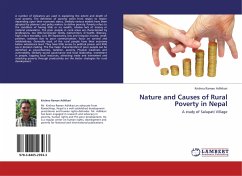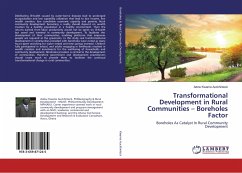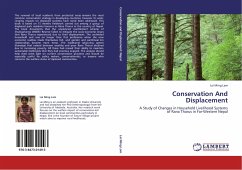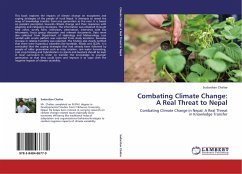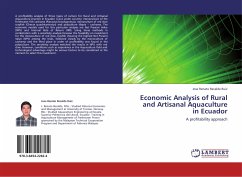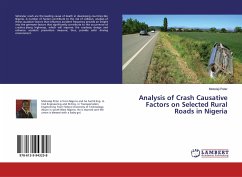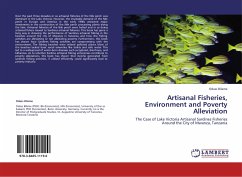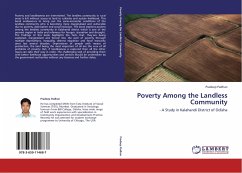A number of indicators are used in explaining the extent and depth of rural poverty. The definition of poverty varies from region to region depending upon their economic status. Similarly various models have been adopted by planners and policy makers to define poverty. Poverty refers to the condition of having little or no wealth, relative lack of money or material possessions. The poor people in rural areas are characterized by landlessness, too little land,larger family, malnutrition, ill health, illiteracy, high infant mortality, Low life expectancy, low and irregular income, weak position, isolation due to poor communication, focus on survival and indebtedness. Generally most of the rural people have their economy below subsistence level. They have little access to political power and little say in decision making. The five major characteristics of poor people can be identified as powerlessness, isolation, poverty, Physical weakness and vulnerability. Similarly sound governance and local leadership, investment in people, tapping local resources, attracting trade and investment and attacking poverty through productivity are the better strategies for rural development.
Bitte wählen Sie Ihr Anliegen aus.
Rechnungen
Retourenschein anfordern
Bestellstatus
Storno

